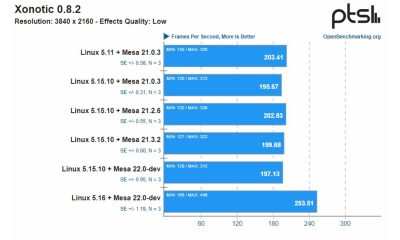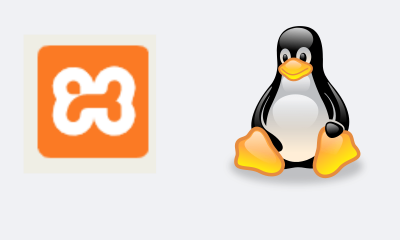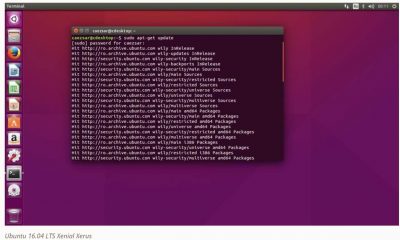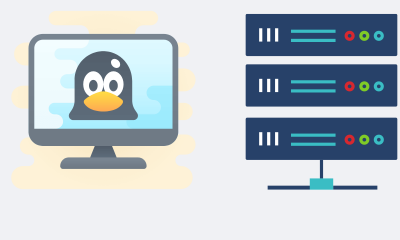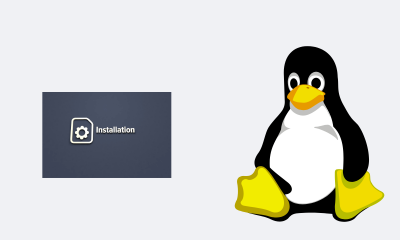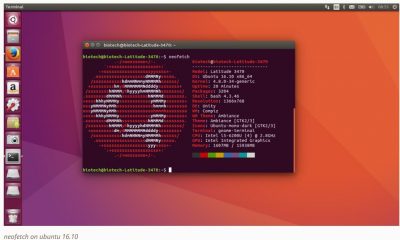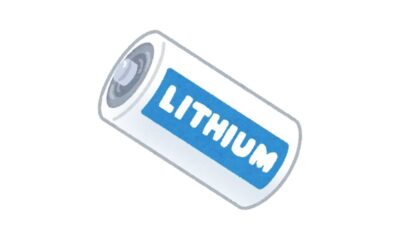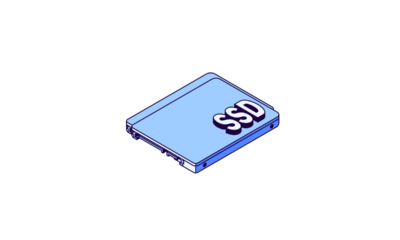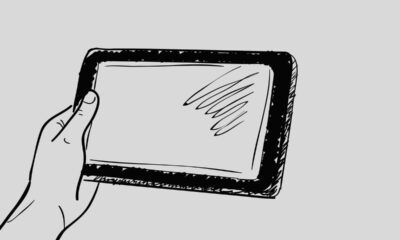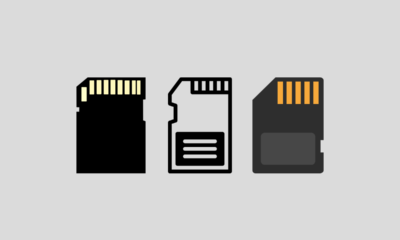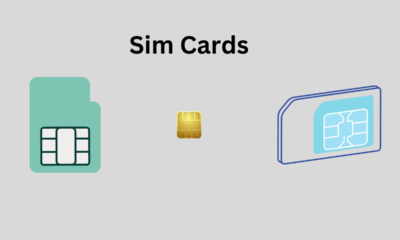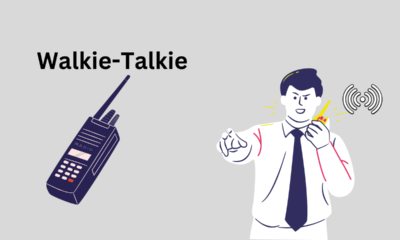Linux
Learn Linux Commands For Beginner to Advanced
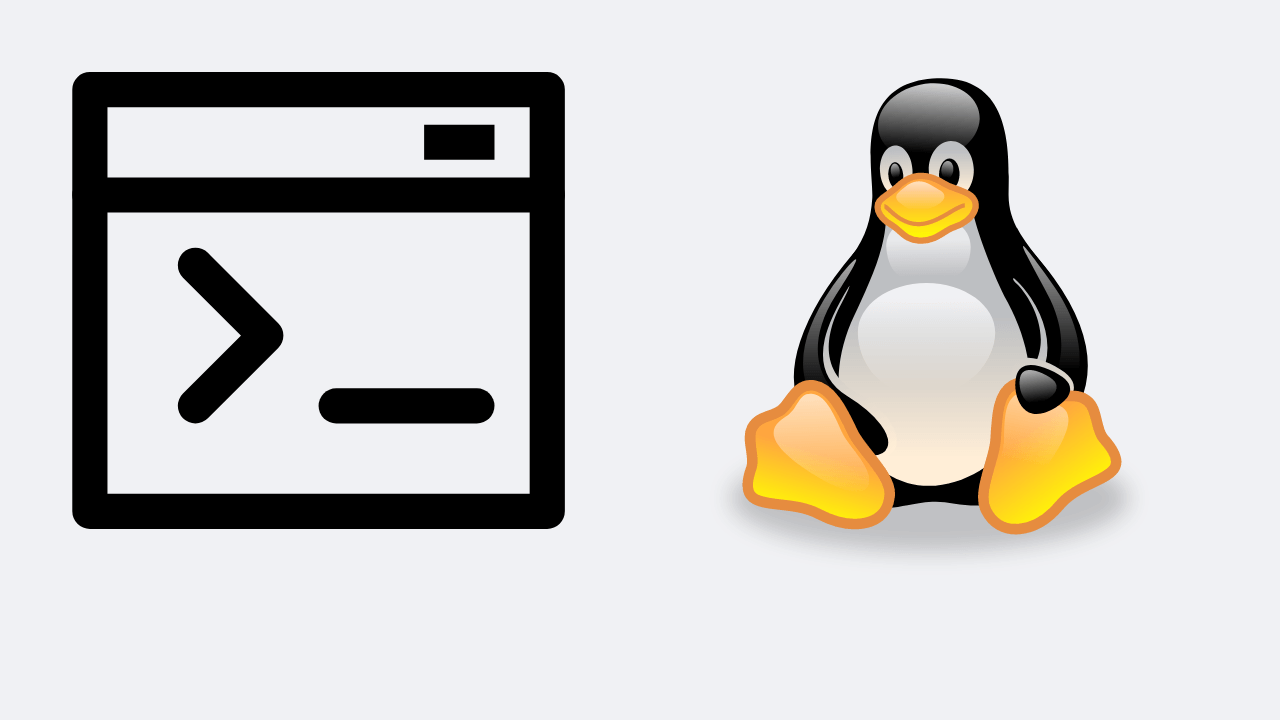
INTRODUCTION
When you want to learn to deepen Linux, you will know the terms Command Line, Text Base, Terminal, or Shell, they are all the same and it will be discussed here in the future, I will call it Terminal or Linux commands.
Here we will learn basic commands that are often used in Linux so you will often use the keyboard and all commands must be typed such as creating folders, copying files, deleting files, and even installing applications using commands that must be typed and then there are still much more can be done using commands in Linux.
WHY NEED TO LEARN LINUX COMMANDS?
If you want to deepen Linux, you must master the Linux command/command line because by using the Linux command/command line, more features can be accessed and more power full because the Linux interface used to use the command line.
Although Linux already has a GUI/graphics, learning Linux Commands/command lines is very necessary if you want to deepen your learning of Linux, this is because GUI applications only provide limited functions and are only intended for laypeople, while administrator users or technicians need full control over Linux machines. , full Linux control can only be accessed via the Linux command/command-line interface either through the shell or terminal emulator.
WHAT IS THE LINUX COMMAND / LINUX COMMAND LINE
Basically, the Linux command is an application, it’s just that this application does not have a graphical display and only has a text-based display. by many people better known as the Linux command or Linux command.
LINUX COMMAND CASE SENSITIVE
when typing Linux commands make sure you use lowercase letters because all basic Linux commands use lowercase letters. The reason is that Linux is case sensitive where uppercase and lowercase letters are considered different, not only in typing commands but in file naming as well. Uppercase and lowercase letters are considered different so be careful when you create filenames.
AUTOCOMPLETE FEATURE ON LINUX TERMINAL
When you type a Linux command in a Linux terminal, you don’t have to write it down completely, you can take advantage of the auto-complete feature to speed up writing Linux commands on a Linux terminal. 2x then Linux will give suggestions/choices of Linux commands that you will use.
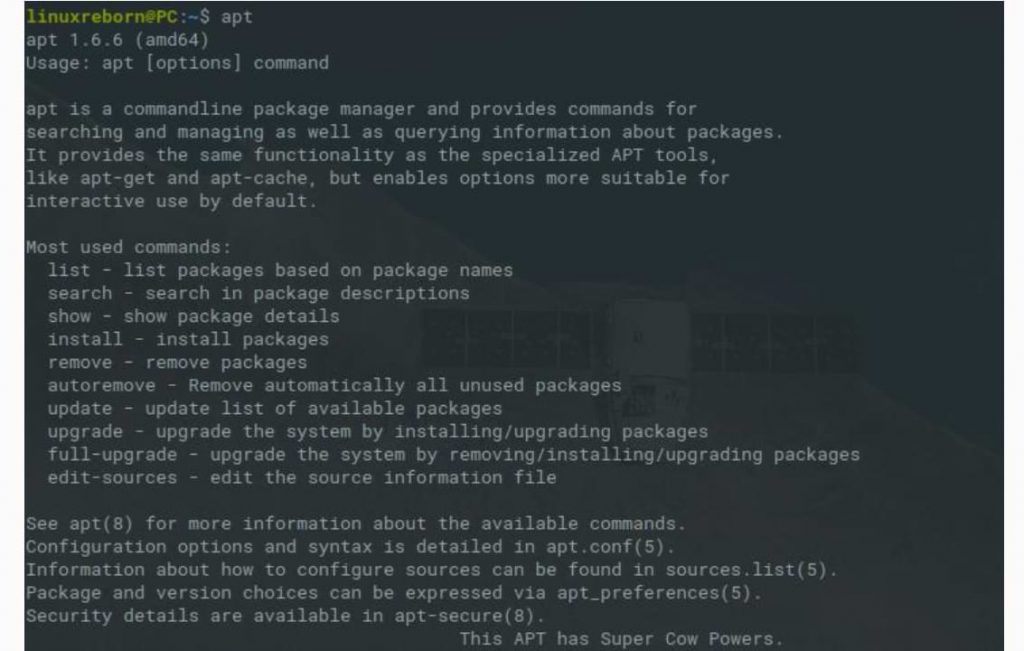
In the example above, I type apt then I press the TAB key 2x then Linux will suggest a list of Linux commands starting with apt, this auto-complete feature can also be used to remember commands that you forget to remember just by typing the first few characters of the command you made forget to remember.
Sometimes the autocomplete feature doesn’t run/work as it should.
HOW TO START LEARNING LINUX COMMANDS
To enter the terminal you need to open the terminal application in the menu select accessories then click Terminal. So in the future, you will use this method to follow every Linux command guide here.
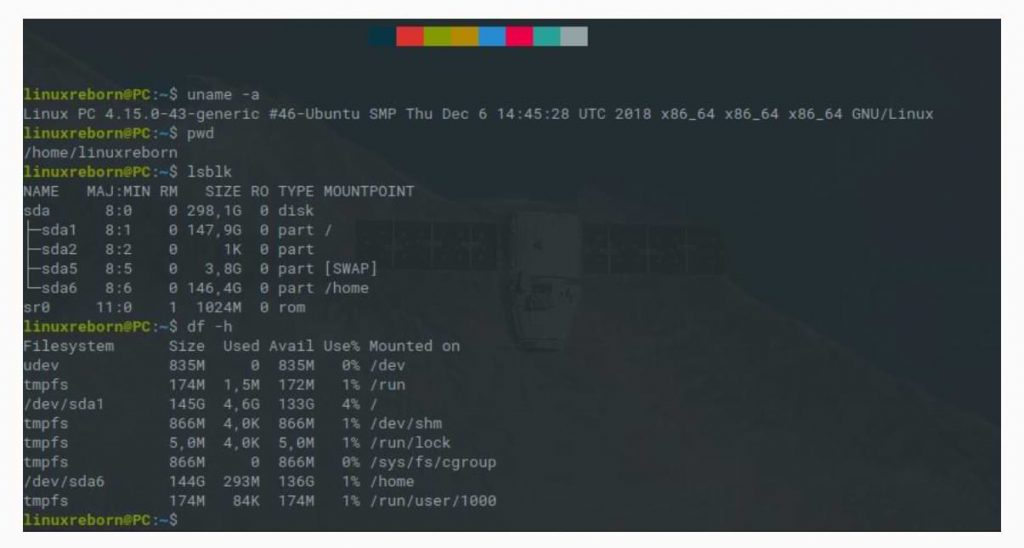
Tips:
- When I write an example Linux command will always start with a hash sign # and dollar $, what does that mean?
- The hash sign # on the Linux terminal indicates that you are using the root user while the dollar signs $ indicates that the user you are currently using is a normal user/not a root user.
- When I write a command in the tutorial the hash mark # means the command must be run using the root user, if you want to run from a normal user ( $ ) then add sudo. For example, the command $ sudo apt-get update is the
- same as # apt-get update
- while the dollar sign $ it means that the command is executed by the normal user (not root), for example, $ ls -la
sudo means that you want to run the command from the normal user but use root privileges
BASIC LINUX COMMANDS (LINUX COMMAND ESSENTIAL)
Linux basic commands or Linux command essential is a console-based Linux application that is included by all Linux distributions as a standard console application that functions as a tool for navigating and managing the system.
So without installing this console application, there must be in every distribution, so you are obliged to memorize these basic Linux commands as the basic capital to be able to operate Linux through the terminal or shell.
ADVANCED AND INTERMEDIATE LINUX COMMANDS
Although in this chapter we still use basic Linux commands, the use of these commands requires a deep understanding of the concept of making user permissions settings and files very strict.
Why is Linux resistant to malware/virus attacks? – The answer is because Linux applies an extra strict system of setting file access rights to users so that important system files can only be accessed and modified by the root user. So please pay attention when applying for user permissions and file attributes to Linux that you manage, because giving permissions to important files unwisely will weaken your Linux defenses.
LINUX COMMAND NETWORK SETTINGS/NETWORK
Although there is already a GUI tool available for managing networks (setting up wifi and lan) but it doesn’t hurt you to learn to manage a Linux network using a Linux terminal/command. This chapter will be very useful when you are troubleshooting/repairing or setting up a server that is accessed without a GUI.
Linux
2 Easy Ways to Format Flashdisk on Ubuntu Linux, which method do you choose?
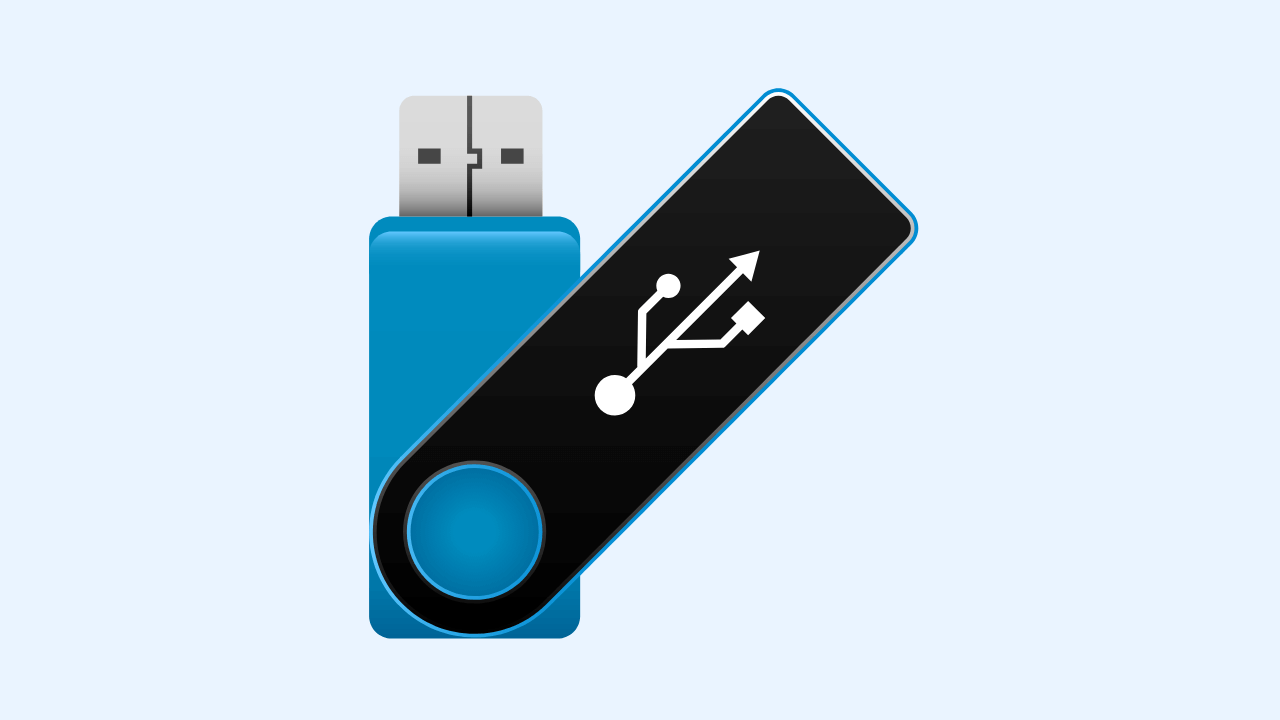
Flash format is an activity that aims to empty the files stored in it. This method is done for various reasons, such as wanting to copy new files, removing viruses, and others.
Flash format in Linux is not much different from the flash format in Windows, and it’s just that there are various ways of formatting that you can do. Depending on your understanding of which one is easy, you can use your method.
In this discussion, I will use two of the most common and easy-to-use ways to format a flash drive on Linux, namely how to format a flash drive manually and via the Terminal. The Type of Linux that I use here is the desktop version of Ubuntu 16.04.
How to Format Flashdisk on Linux Ubuntu
( I. ) Format Flash Disk Manually
The one most often used by users is how to format the flash here manually I use. The steps are as follows.
1. Open your file explorer or directory. Click on the flash drive that you want to format to see if your flash drive is legible, what it contains, and are you sure you want to format it.
2. After that, right-click on your flash device, as shown in the picture—Click Format to empty your flash.
3. Next, there are options ( Erase, Type, and Format ) that you can adjust to your needs on this Volume Format. You can follow the default options as shown in the picture.
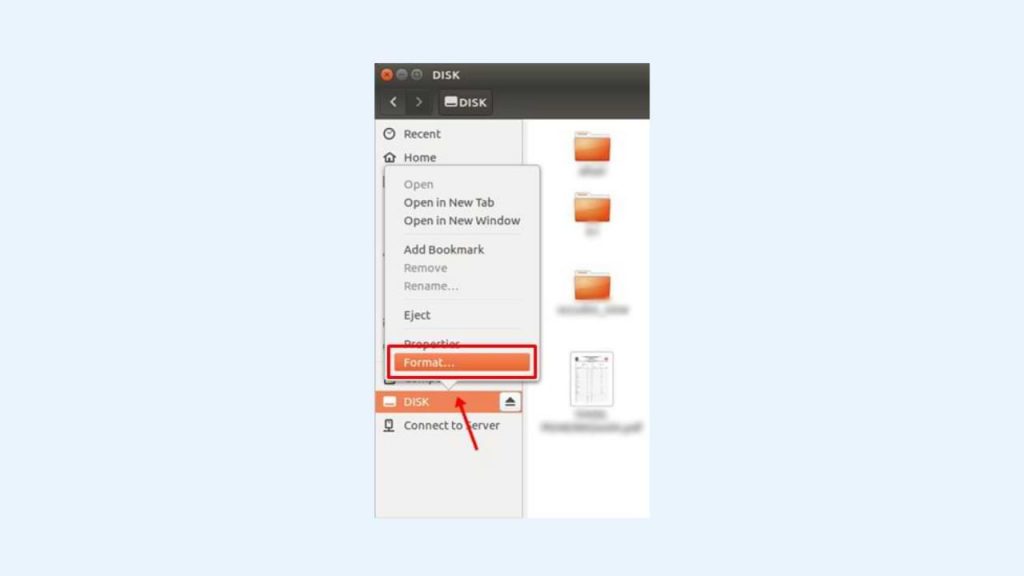
- I select ‘ Don’t overwrite existing data (Quick )’ in the Erase section. This option makes the formatting process faster.
- I choose the FAT format for Type here, but you can select another such as NTFS.
- Then, write a new name for your flash device in the Name field.
- Next, click the Format button.
4. After that, a confirmation will appear again to make sure you do the correct format of the flash. At this stage, the Type of your flash device will be displayed as indicated by the arrow in the image. The flash that I formatted is branded HP and has a capacity of 16GB. Click the Format button to start the flash format process.
5. Format your flash drive has been successful. You can check it by re-opening your flash directory and seeing that the flash drive is empty.
( II. ) Format the flash drive via Terminal.
In addition to manually, you can format the flash via the Terminal. How to? Follow these steps.
1. First, you can check the contents of your flash drive first to make sure you format it. Here, the name of my flash is My FD.
2. Open your Terminal. You can use the shortcut by pressing the keyboard’s Ctrl + Alt + T keys. Type the command:
sudo fdisk -lThe above command aims to find out the address of your flash drive. In the command, use the word sudo, where the Terminal will ask for your password input first. Enter your password; then, the Terminal will display the specifications of the device installed on your computer.
The device that is connected is the flash that we will format. You can ensure the device is your flash drive by observing its size. The example image above says 15.1 G, which means that the flash that I will format is filled with 15.1 GB. Then, remember the address. The address is listed in the Device column, wherein the image above it says /dev/sdb1.
3. Next, use the flash address we know earlier to run the umount command. This command aims to release the flash that is currently associated. You can see the related flash disk in the file explorer, wherein the flash name has an arrow button, as shown below.
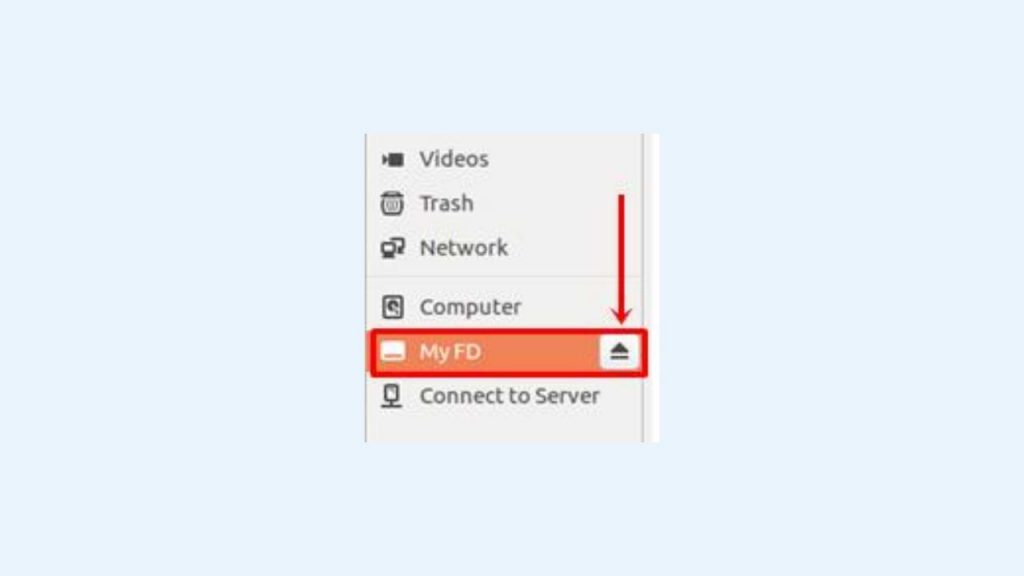
Use the command below to remove your pen drive.
sudo umount /dev/sdb14. Next, you can type a command like the one below to format the flash drive.
sudo mkfs.vfat /dev/sdb1There is the word ‘ vfat ‘ in the command where FAT states the flash format after formatting. You can replace it with NTFS, hfs, ext2, ext3, ext4, and others according to your needs.
5. Finally, your flash is successfully formatted. To check, please open your file explorer and prove your flash drive is empty.
Before formatting the flash drive, make sure there are no important files that will be deleted. Back up your precious data if you are worried about losing your files. That’s how to format the flash on Linux Ubuntu easily. Give your feedback in the comments column below. Thank you.
Linux
How to Install Microsoft Teams on Linux
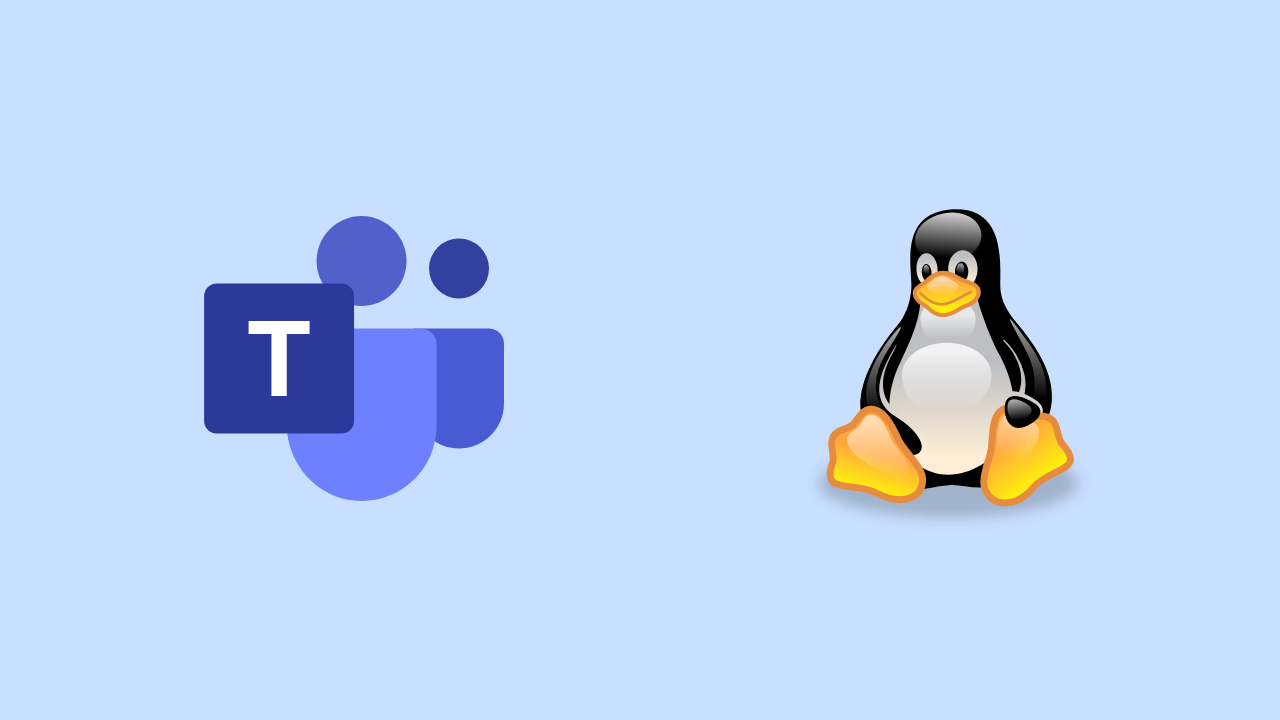
For those who don’t know, Microsoft Teams is now available as a Multi-Platform application on almost all operating systems, be it Windows, Mac, Linux, Android or iOS.
Now about this, we will summarize the short steps on how to Install Microsoft Teams on Linux. As usual, here, I will use Elementary OS as my mainstay Linux OS.
Here are the short steps.
Step 1. First, please open the Microsoft Teams site.
Step 2. Please download the Installer file from Microsoft Teams; please adjust it to the Linux distro you have, DEB for Ubuntu, Debian and all their descendants, and RPM for Fedora, CentOS and all their siblings.
Step 3. After the file is downloaded, please open the file, and if your Linux already has an app installer, the steps will be easier because we click install.
But if it doesn’t exist, we can use the classic steps by using Terminal. Open Terminal > Go to Directory Download > Then type the following command:
sudo dpkg -i <namafileinstaller>Exactly as in the picture above, after typing the command, you need to enter your root password, and then the installation will run until the Microsoft Teams application is installed.
Well, please try, guys; it’s easy, isn’t it? I hope this article is useful.
Linux
GParted, Partition Management Application for Linux Operating System
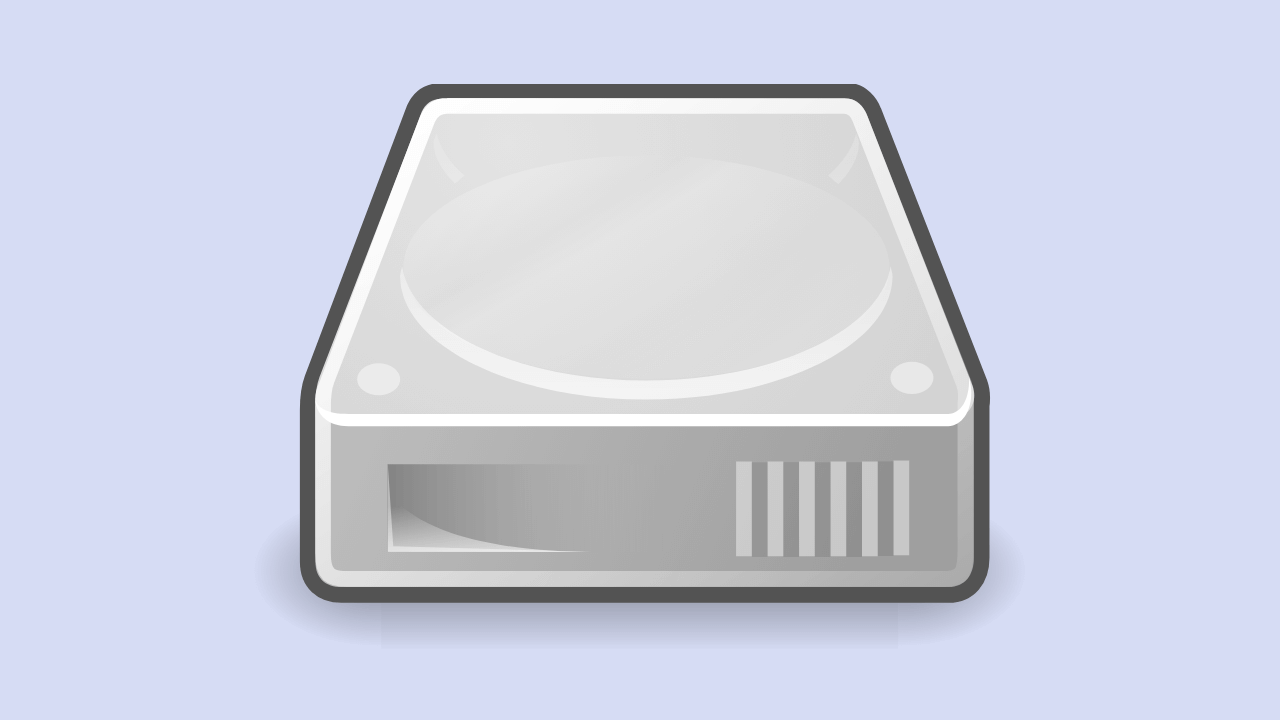
Have you ever heard of GParted? This name may still sound less familiar to your ears, especially for those who use the Windows operating system because GParted is intended for Linux users.
Although it sounds less familiar, this application is quite a lot of people who use it. One of the reasons is because GParted offers ease of operation. Even people new to using it tend not to experience complicated problems even though it is the first time they try it.
What Are the Features of GParted?
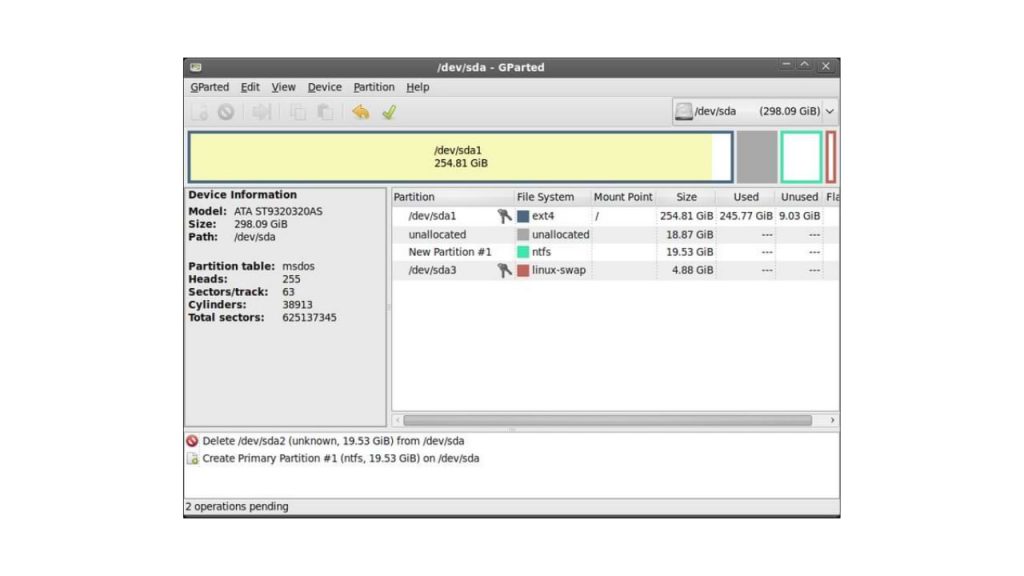
GParted is an application that can run on both x86 and x64 computers with operating systems such as Windows, Mac OS, and Linux with a minimum RAM size of 256 MB. From these specifications, we can know that this application is light because it only requires a RAM capacity of only 256 MB.
Some of the features that make GParted one we recommend include:
- Create or delete partitions
- Format partition
- Resize partition
- Mounting and unmounting partitions _
- Label
- Checking storage conditions
- Enable and disable Swap (this feature can be used on devices with Linux OS)
- New UUID
- and others
You can use all of these features according to your needs. Using the features in GParted is not too difficult because the instructions are clear. Also, because GParted is GUI, it makes the instructions easy to understand.
How to Use GParted
- As usual, you download the GParted application.
- There will be an ISO file; then, you burn the file.
- Restart the computer and make sure that the boot CD-ROM is in the first place
- GParted is ready for you to use
- You can click Resize or Move if you want to adjust the size of the hard disk.
- You drag across the partition towards the left. Don’t forget to pay attention to the words New Size to create a new size and Free Space Following, the new partition you are using.
- Then you press the Resize or Move button to start this process
- You click the new partition in the Filesystem section. Then select ext3 and label ‘/.”
- Click the Add button, then apply to begin the partition change process.
- Restart the computer and see the size of the partition on the hard drive now
- Don’t forget to backup your data first before using GParted.
For your information, several versions of the Linux operating system that can use GParted include Fedora, Ubuntu, Debian, and Open Suse. GParted stands for Gnome Partition Editor, an application with a GUI or Graphic User Interface.
This application is used for storage management, namely SSD or hard disk. Functions of GParted as found in the Partition Wizard in DLC Boot for Windows OS. At the beginning of its creation, this application was intended for Linux OS.
However, now you can download GParted and use it for Windows OS. By using this application, you can edit, resize, or create or delete partitions on the storage media on your computer or laptop.
-

 Phones5 years ago
Phones5 years agoApple iPhone 11 (2019) – Release, Info, Leaks, Rumors
-
![Huawei's New Operating System is HarmonyOS [ Officially ],harmony os,huawei new operating system, huawei harmony OS,](https://www.thedigitnews.com/wp-content/uploads/2019/08/Screenshot__2285_-removebg-preview-2-1-400x240.png)
![Huawei's New Operating System is HarmonyOS [ Officially ],harmony os,huawei new operating system, huawei harmony OS,](https://www.thedigitnews.com/wp-content/uploads/2019/08/Screenshot__2285_-removebg-preview-2-1-80x80.png) Phones5 years ago
Phones5 years agoHuawei New Operating System is HarmonyOS [ Officially ]
-

 News5 years ago
News5 years agoBelle Delphine bath water – Instagram Model Sells Used Bathwater For 30$ To Their Loyal Followers
-

 Tech5 years ago
Tech5 years agoLevi’s Bluetooth Jacket Lets You Control Your Smartphone


